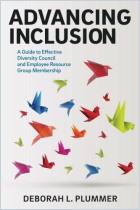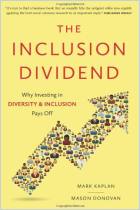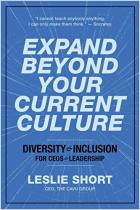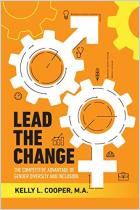At leading organizations such as Uber and LinkedIn, ERGs have proved themselves important pillars in driving employee engagement and organizational performance alike. In this helpful guide to operating ERGs that drive business results, diversity, equity and inclusion (DEI) consultant Farzana Nayani bridges theory with practical application. She offers helpful strategies and frameworks that highlight how ERGs can foster closer bonds between employees and their organizations, advance DEI goals, and help guide leaders through DEI-related crises and opportunities.
Employee resource groups (ERGs) support employees and contribute to organizational performance.
By providing a space for identity-based community building and informing companies about group-specific needs, issues and opportunities, ERGs contribute to an organization’s broader commitment to diversity, inclusion, equity and belonging. Business Resource Groups (BRGs) take this a step further, aligning identity with business roles – for example, a group of women engineers. Both ERGs and BRGs focus on business goals, but organizations often define each group’s membership and purpose differently.
ERGs emerged in the 1970s at companies like Xerox to address workplace discrimination. These groups, also known as employee networks or diversity councils, represent a range of identities, including gender, race, sexual orientation, and more. They focus on engaging employees and organizing DEI-related initiatives and must continually prove their value to maintain support and funding from organizational leadership.
ERGs build relationships among employees and with suppliers.
ERGs offer belonging and ...
Farzana Nayani coaches and speaks on diversity, equity and inclusion, with a focus on intercultural communication and employee engagement. Her expertise in advising employee resource groups has won her prominent engagements across North America, including at the White House.





















Comment on this summary or Start Discussion